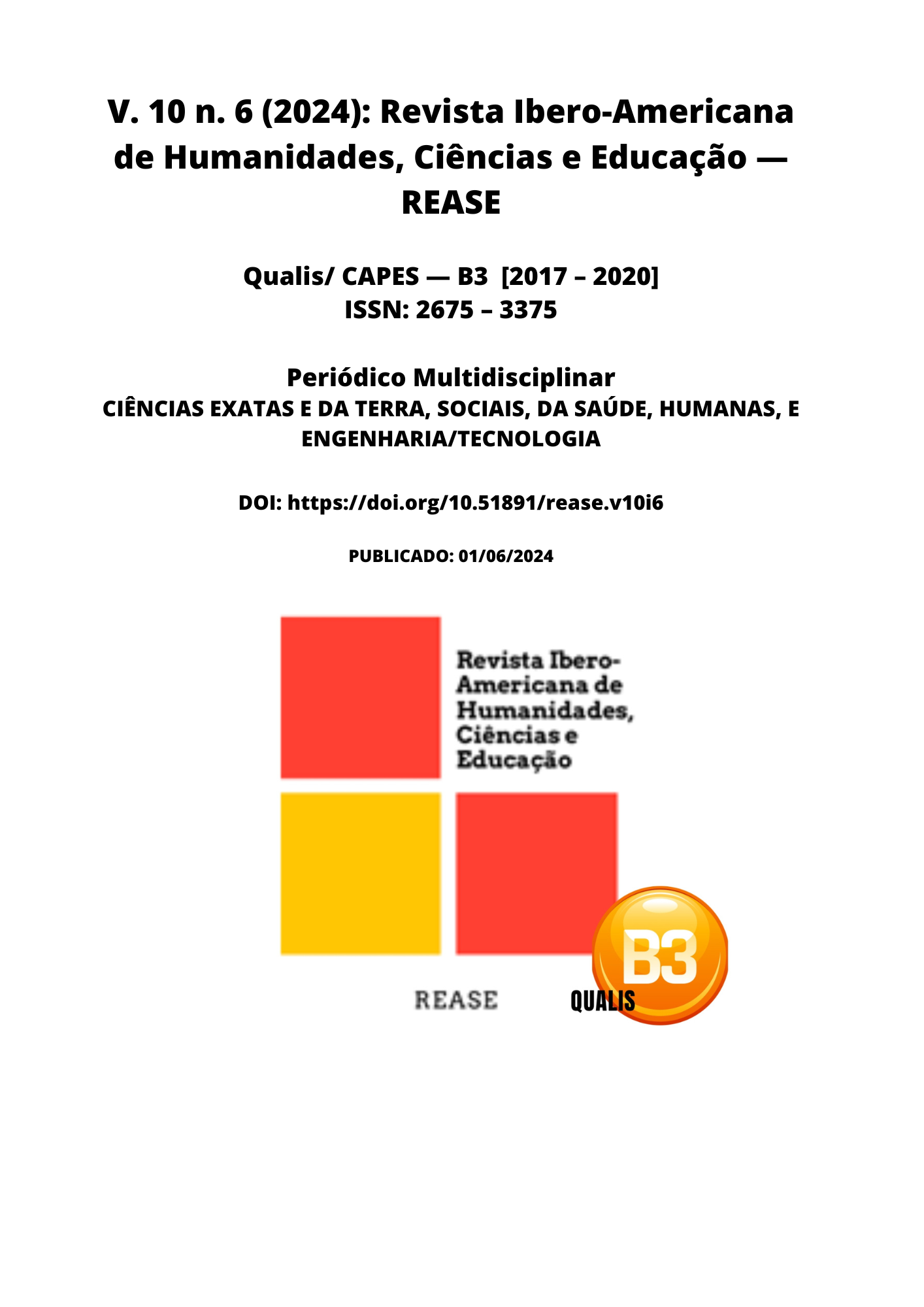GUILLAIN-BARRÉ SYNDROME AND HEPATITIS E INFECTION: A REVIEW OF THE LITERATURE
DOI:
https://doi.org/10.51891/rease.v10i6.14729Keywords:
Guillain-Barré syndrome. Hepatitis E vírus. Peripheral neuropathies.Abstract
Guillain-Barré syndrome is a post-infectious and autoimmune-induced peripheral disease characterized by a rapidly progressive symmetric and bilateral weakness of the limbs in its classic form, an acute inflammatory demyelinative polyradiculoneuropathy. Although the classic form of this syndrome is most commonly related to the hepatitis E virus, any other types of the syndrome may follow HEV infection. About two-thirds of patients have a previous hepatitis E virus infection 3 weeks before the onset of weakness. Some common infectious agents that cause Guillain-Barré are the following: Campylobacter jejuni, cytomegalovirus (CMV), Epstein-Barr virus (EBV), Mycoplasma pneumoniae, Haemophilus influenzae, and hepatitis B virus.
Downloads
Published
How to Cite
Issue
Section
Categories
License
Atribuição CC BY

